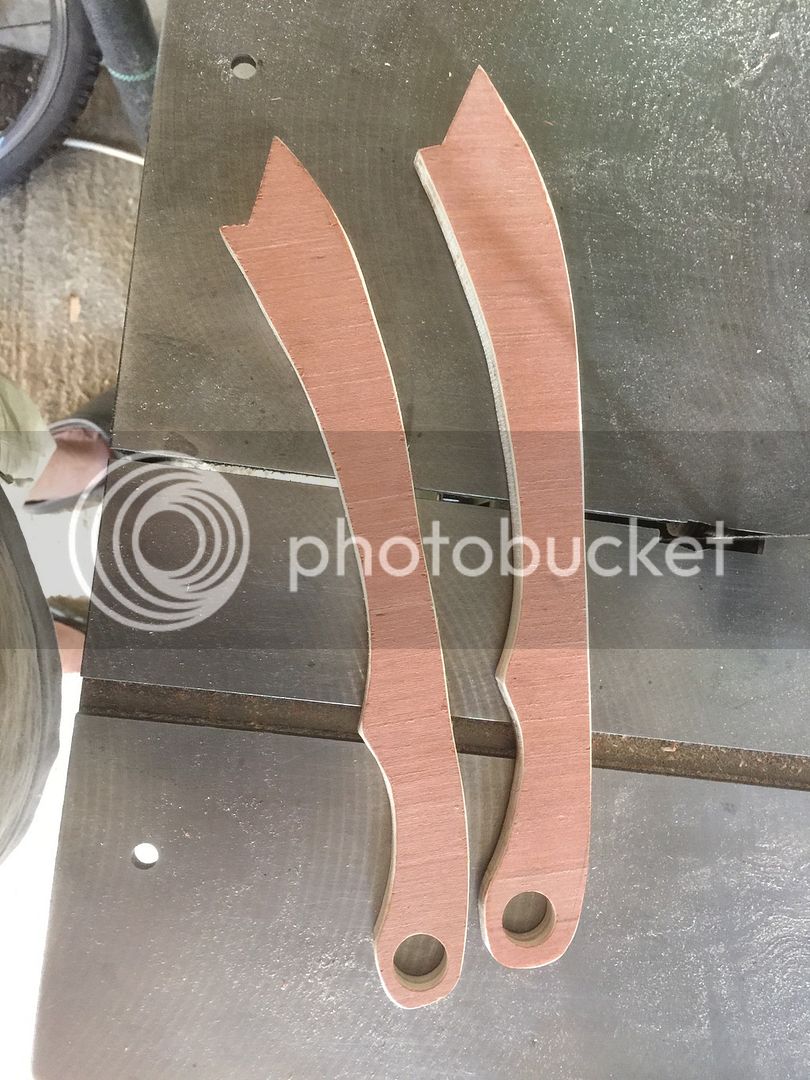- Joined
- 6 Jun 2011
- Messages
- 3,006
- Reaction score
- 919
Using push sticks on a surface planer is NOT approved by the HSE or a recommended way of safely using the planer, push blocks are HSE recommended when planing short lengths of timber but my personal advice is try not to surface anything less than 400mm long.
If a trainer advised someone to use the planer in the way being advised by Jacob they may be liable if an accident were to happen. In industry we need to work within ACOP's and safe systems of work, working in your own workshop means you don't have to follow HSE advice but they do recommend techniques for reasons.
We have been here several times before :roll:
Cheers Peter
If a trainer advised someone to use the planer in the way being advised by Jacob they may be liable if an accident were to happen. In industry we need to work within ACOP's and safe systems of work, working in your own workshop means you don't have to follow HSE advice but they do recommend techniques for reasons.
We have been here several times before :roll:
Cheers Peter

































